Read. Listen. Watch. Dive into MOOVTOO Mag
More stories from the MOOVTOO Mag
Subscribe to MOOVTOO's newsletter

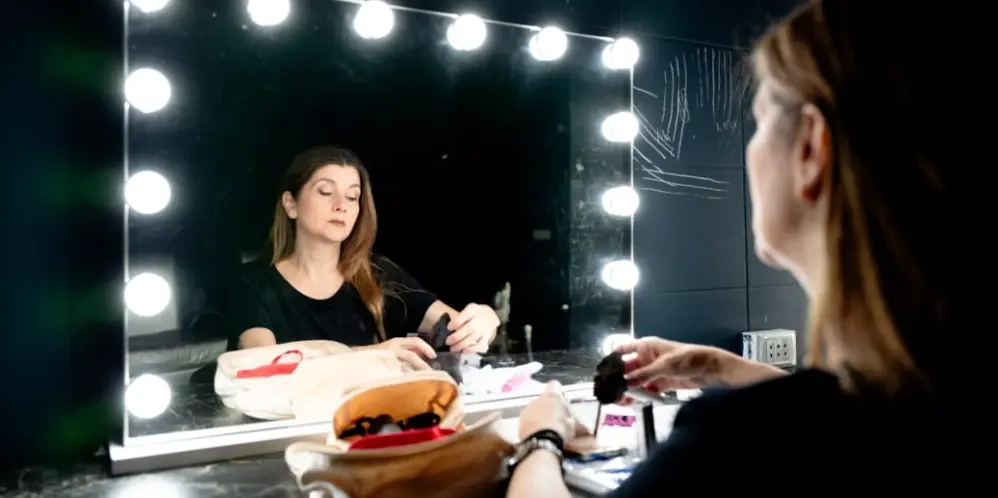
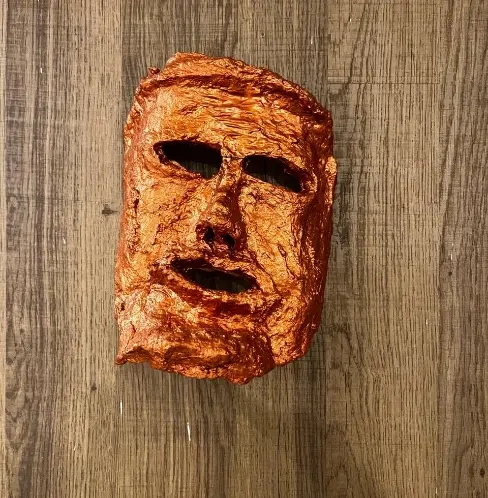
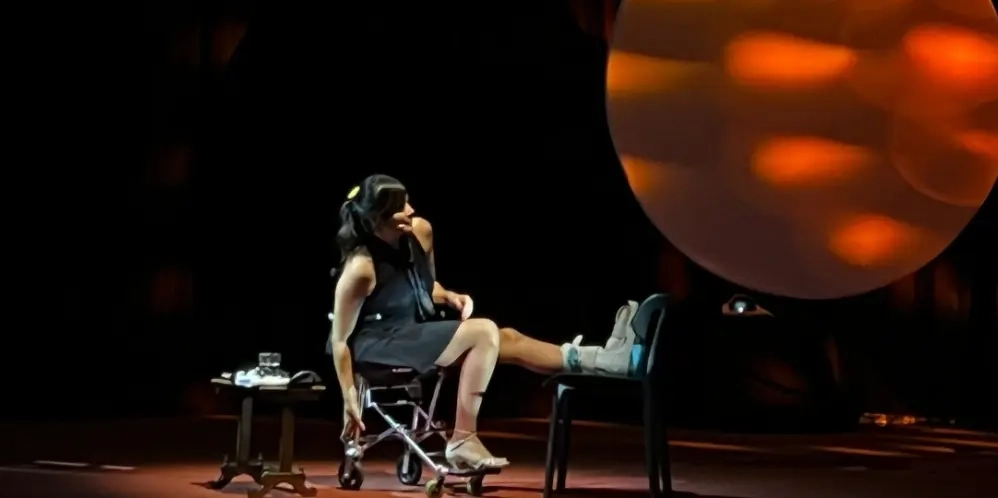
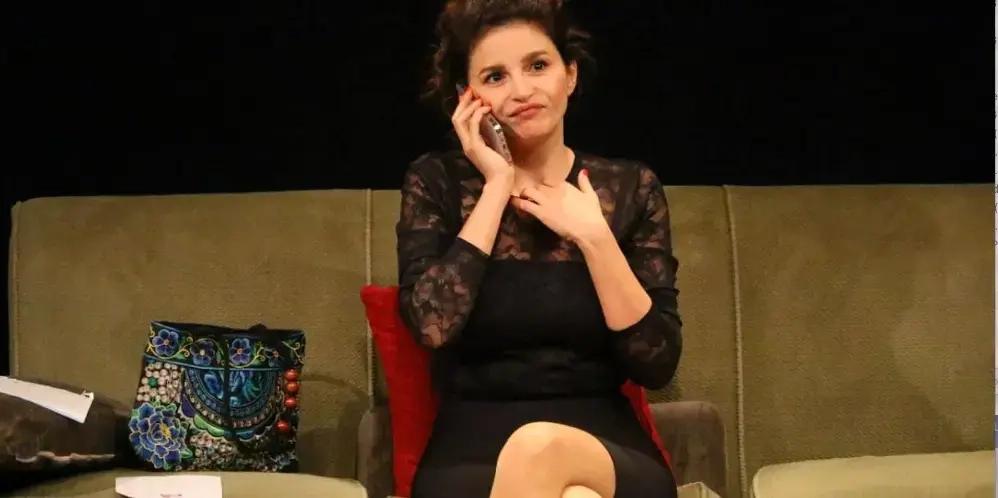
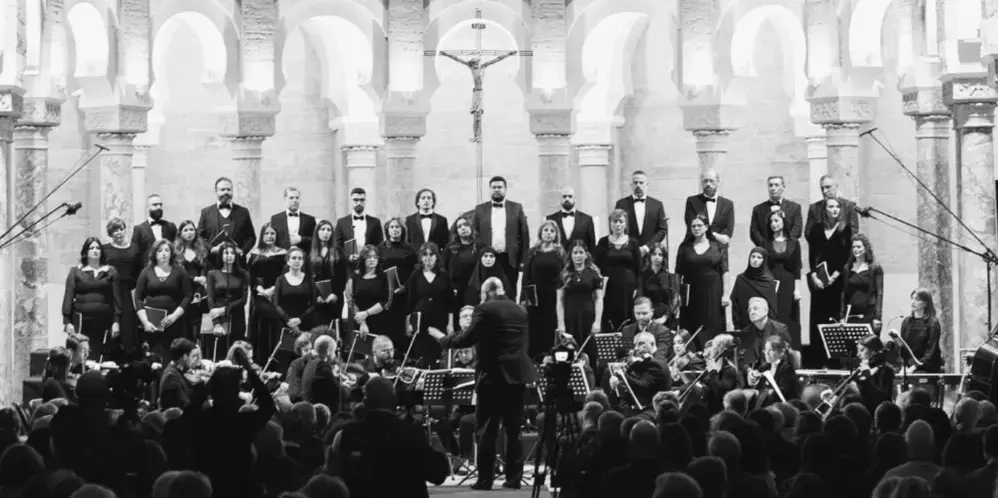



A Word from the ExpertsArt & CultureFamily FriendlyIndulgeOut & AboutSlow TourismThe Great Outdoors

The Akroum Paradox: A Roman Treasure with Untapped Potential

Betty Taoutel's Mono-Pause: An Unbreakable Journey Between Upheaval and Applause

Karl Gedda’s Masks: Where Art Meets Raw Emotion

Nada Abou Farhat – In Lebanon, theatre heals the tracture

Anjo Rihane in "Mjaddara Hamra" and "Shu Mnelbos": Intense Emotions

Beirut Chants Festival: The Rhythmic Heart of Lebanon
Jezzine District
Beino
Salima
Culture & Heritage
Baalbek Archaeological Site
Culture & Heritage
Faqra Archaeological Site
Culture & Heritage
Mashnaka Roman Temple
Discover 41 Roman temples in Lebanon
 What is MOOVTOO ?PartnersContact usFAQLegal MentionsData Protection PolicyTerms and Conditions
What is MOOVTOO ?PartnersContact usFAQLegal MentionsData Protection PolicyTerms and Conditions